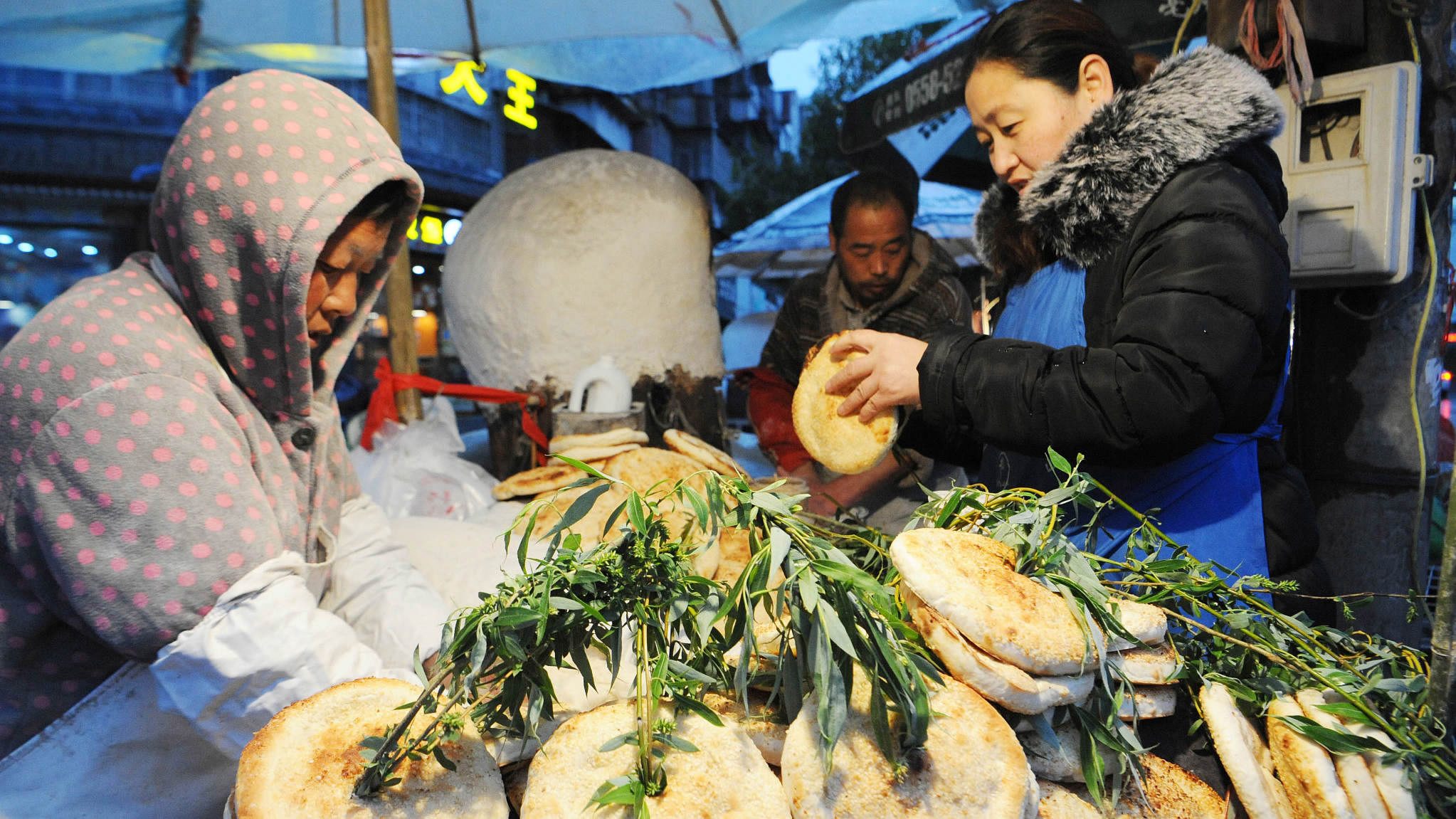In many cultures, the month of April is a time of revival, making it appropriate for two festivals that deal with life and death – Easter and the Tomb-Sweeping Festival.
On the surface, the Tomb-Sweeping Festival (or Qingming Festival) appears to be a memorial of death, while Easter is perceived as a celebration of rebirth – interpretations that express the differences between Eastern and Western cultures.
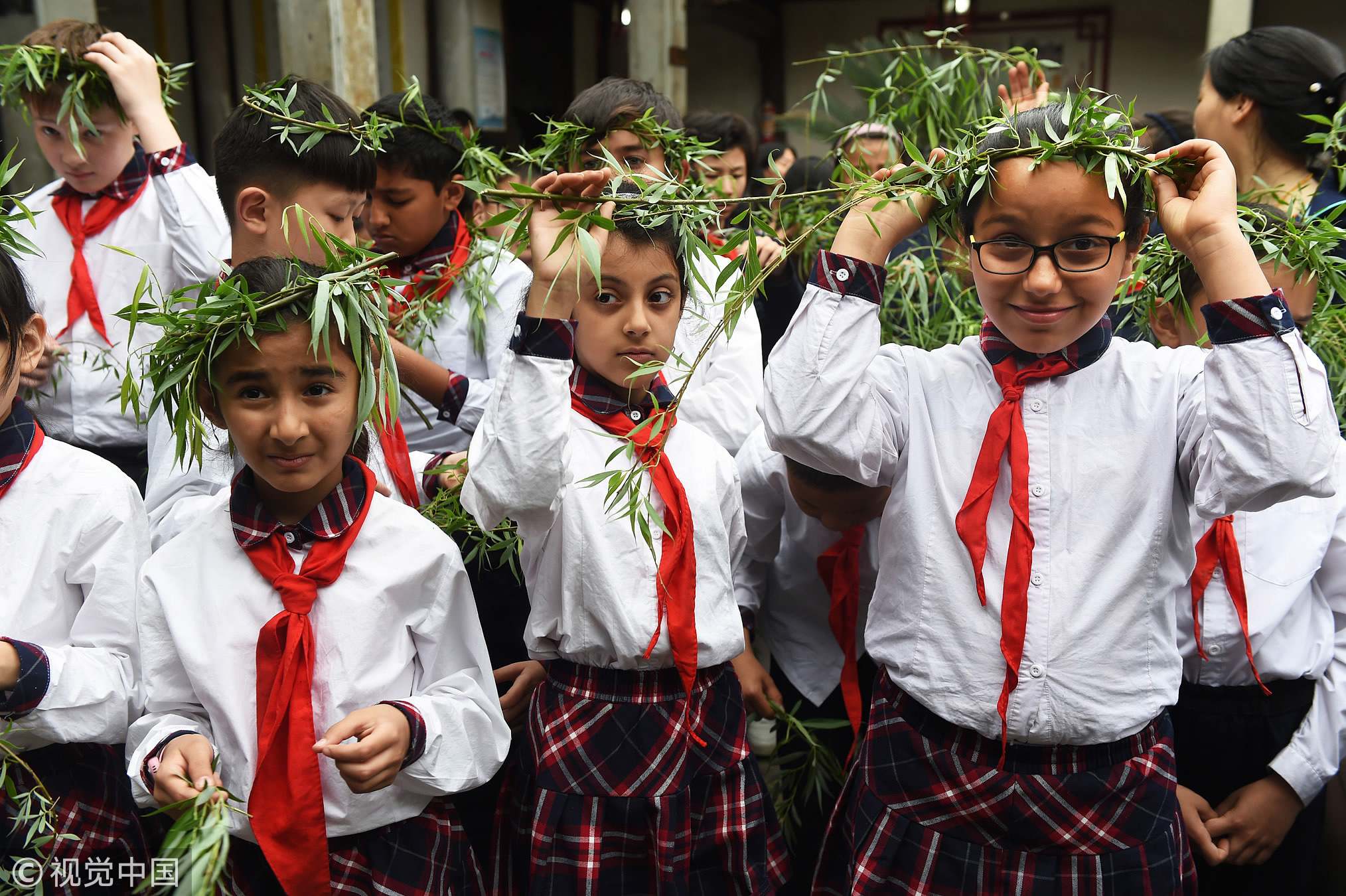
On April 4, 2018, Chinese and foreign students in Yiwu, east China's Zhejiang Province made wicker hats and put them on their heads to experience the traditional culture of Qingming Festival./VCG Photo.
On April 4, 2018, Chinese and foreign students in Yiwu, east China's Zhejiang Province made wicker hats and put them on their heads to experience the traditional culture of Qingming Festival./VCG Photo.
If we go beyond the surface however, there are tight inner connections between the two events: they both represent the spring of rebirth, the cleaning and clearing of life and the infinite nature of everything around us.
Qingming, with a histiry of over 2,000 years in China, is the fifth of the 24 annual solar terms of China, and it usually falls around on April 5 each year. Most people unfamiliar with the customs think of it as just sweeping graves and worshiping ancestors, with some even mistaking it as a "spirit festival."
In actuality, Tomb-Sweeping Day is not as solemn as people imagine it to be. It has many cultural connotations and today's celebration is actually the merging of three things: the Cold Food Festival, Shangsi Festival, and Tomb-Sweeping Festival.
A merging of three festivals
The ancient Cold Food Festival was related to the system of the task of keeping fire. In ancient times, fire was difficult to make, so people had the habit of keeping the same one burning for as long as possible.
However, people also believed that if the same fire burned for too long, it could lead to disease. The change of seasons was a time to choose different trees to start a new fire.
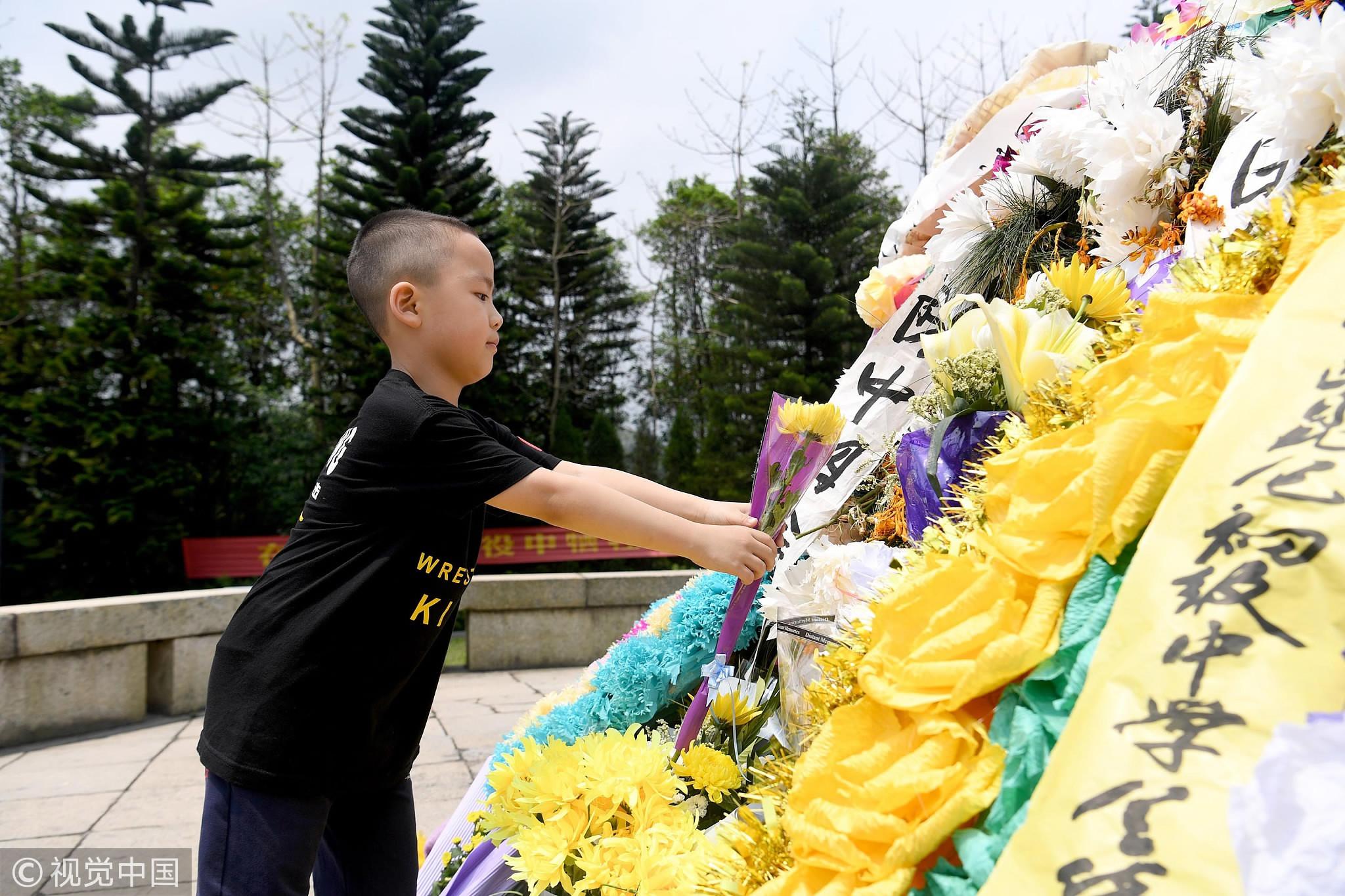
A child laid flowers for the anti-Japanese soldiers in front of the memorial tower of the Kunlun Pass Campaign in Nanning, Guangxi province On April 4, 2018. /VCG Photo.
A child laid flowers for the anti-Japanese soldiers in front of the memorial tower of the Kunlun Pass Campaign in Nanning, Guangxi province On April 4, 2018. /VCG Photo.
Before this process could start, people were prevented from using fire at all, often called a "fire prohibition" or "fire change." This tradition soon became one of the most important rituals in ancient China, signifying the welcoming of spring and the fire's new life.
Since then, it is said that the customs of Cold Food Festival such as fire prohibition and worship were designed to remember Jie Zitui, who was burned to death in the Spring and Autumn period.
During the Tang Dynasty, the Cold Food Festival was made a national holiday, and the sweeping of graves and worship of ancestors became special customs to maintain the national identity and social stability in central China.
The traditions of the Tomb-Sweeping Festival have changed over time. During the Tang Dynasty, people would spend time outside playing Cuju or badminton. Later in the Song Dynasty, the Cold Festival and Tomb-Sweeping Festival merged into one and include the sweeping of graves and recreational activities.
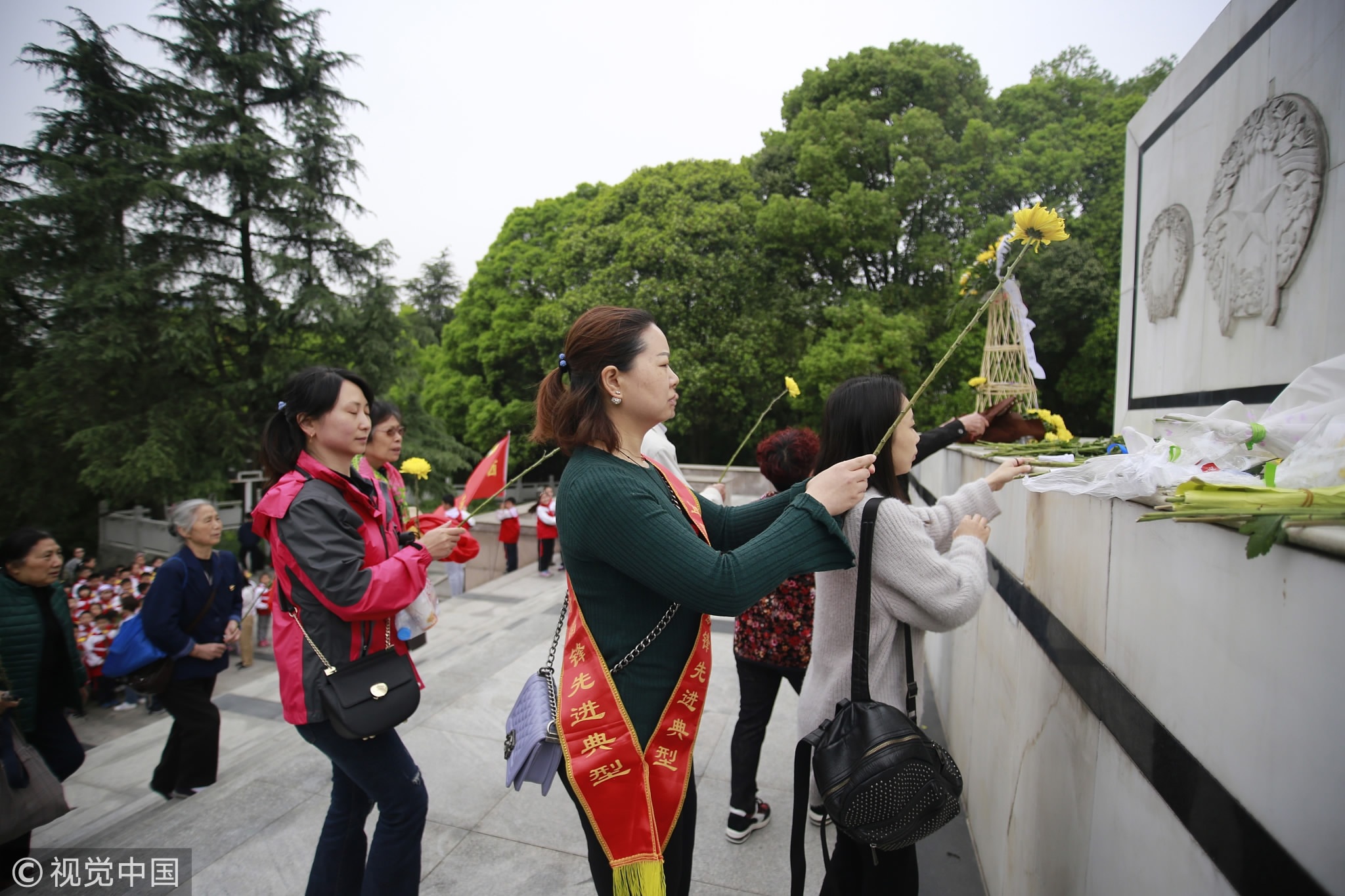
On April 4, 2018, students and people from all walks of life in Yichang City, Hubei province came to the Dongshan Revolutionary Martyrs Cemetery to carry out the tomb sweeping activity. /VCG Photo.
On April 4, 2018, students and people from all walks of life in Yichang City, Hubei province came to the Dongshan Revolutionary Martyrs Cemetery to carry out the tomb sweeping activity. /VCG Photo.
In ancient China, people held ritual activities near the water for the Shangsi Festival. A shower in the spring was a way to clean the body and mind, as well as extol disaster and disease. Coupled with literary activities, the customs of Shangsi started to disappear and merge into the Tomb-Sweeping Festival during the Song Dynasty.
Traditional myths and customs during Easter
Like the Tomb-Sweeping Festival, Easter is not only a purely religious festival, but has also combined elements of traditional myths and customs.
One example are the rabbits and eggs – two elements that originated from the belief that chickens and rabbits represent new life and fertility.
The word "Easter" itself is derived from the Germanic goddess "Eastre," who was associated with dawn and spring in western Europe.
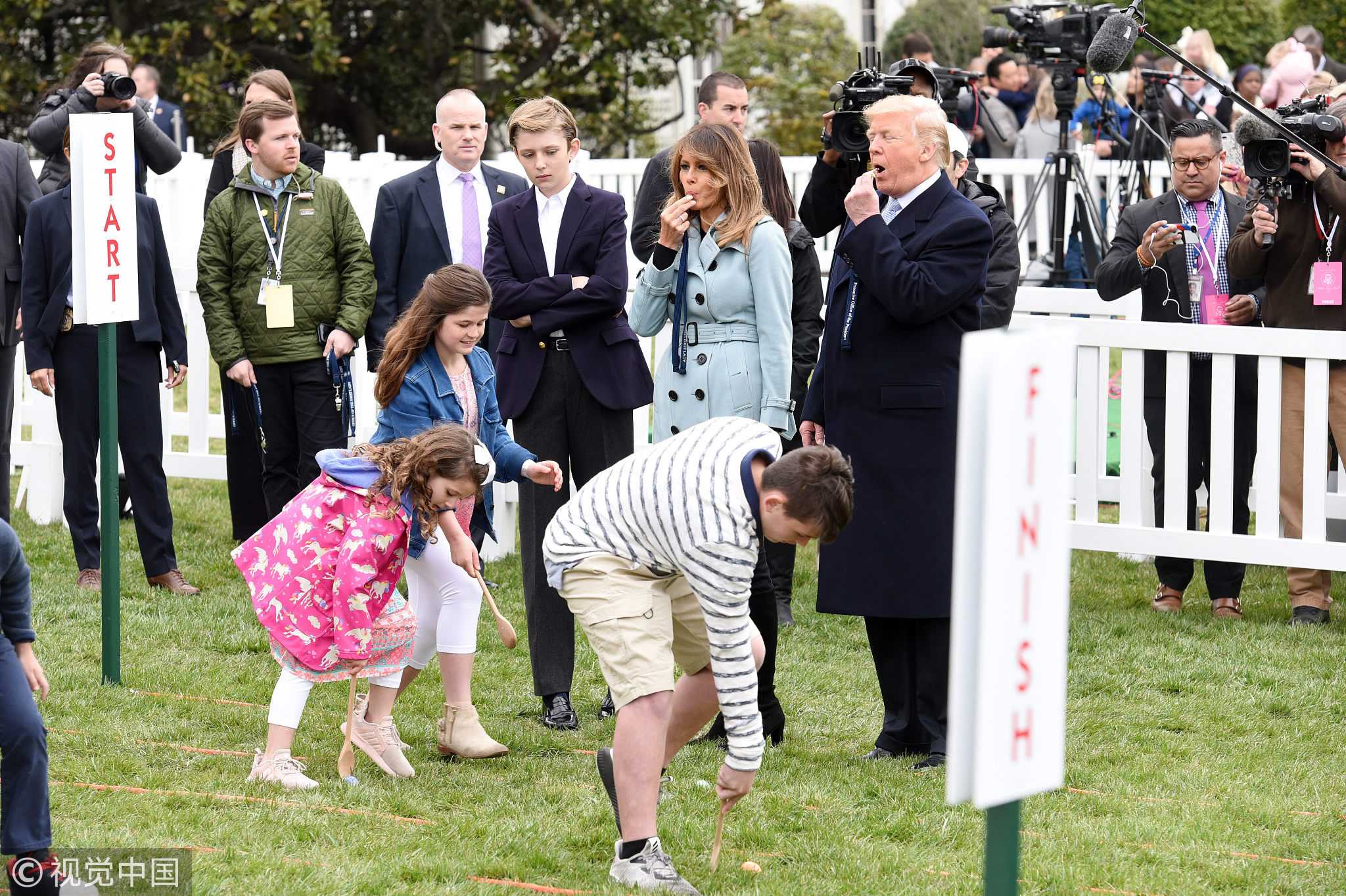
President Donald Trump with First Lady Melania Trump, son Barron Trump, and daughter Tiffany Trump blows a whistle to begin an Easter Egg Roll race during the 140th Easter Egg Roll on the South Lawn of the White House in Washington, DC on Monday, April 2, 2018. /VCG Photo.
President Donald Trump with First Lady Melania Trump, son Barron Trump, and daughter Tiffany Trump blows a whistle to begin an Easter Egg Roll race during the 140th Easter Egg Roll on the South Lawn of the White House in Washington, DC on Monday, April 2, 2018. /VCG Photo.
The two festivals share many similarities. For example, some Catholic communities will light bonfires the day before Easter, and some churches will make fire by rubbing stones together, an amazing similarity to the "fire change" tradition in the Cold Food Festival. Many local Chinese folk customs also feature eggs, with some playing a "game-egg" during the Tomb-Sweeping Festival.
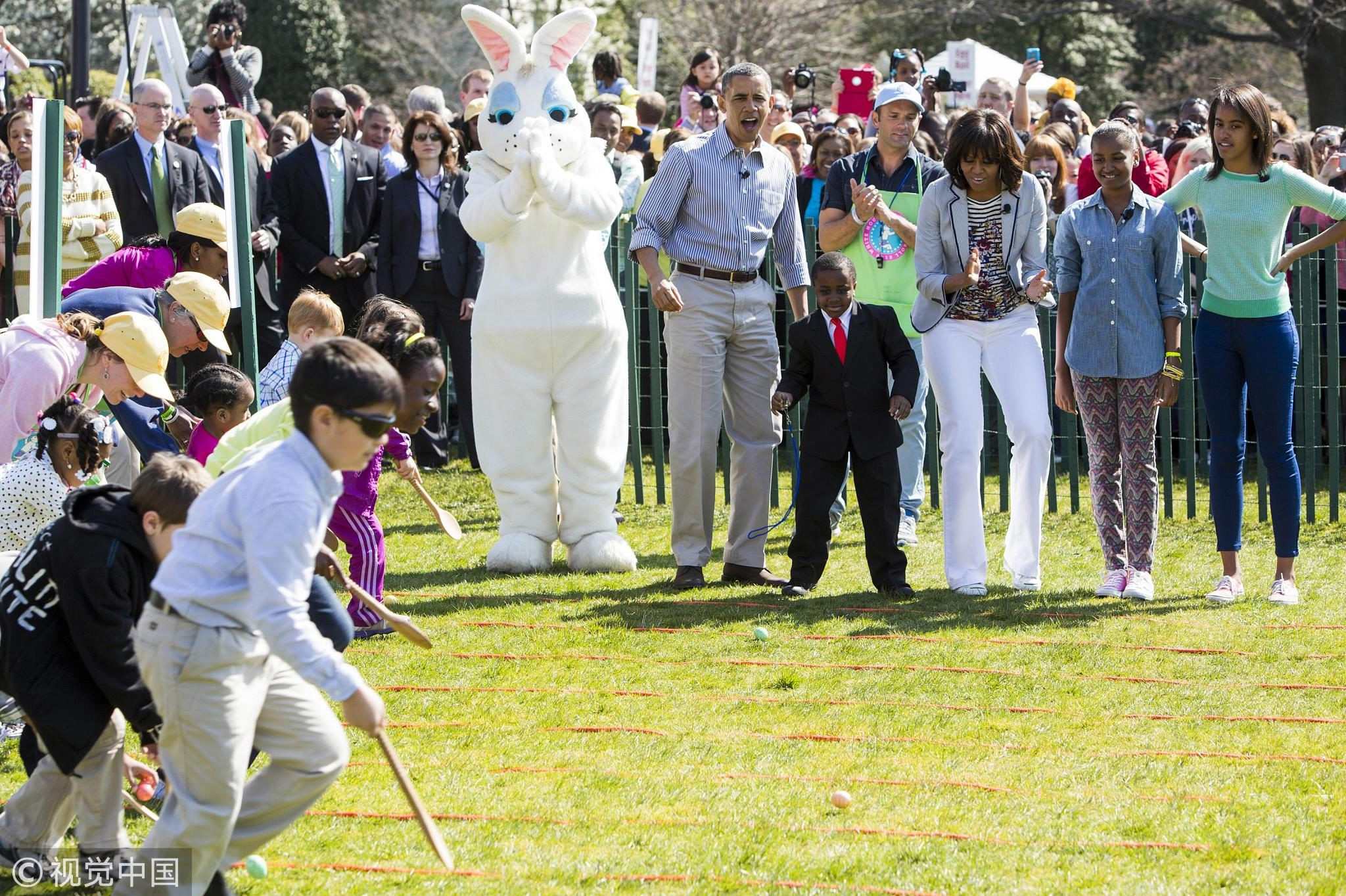
(L to R) President Barack Obama, "Kid President" Robbie Novak, First Lady Michelle Obama and daughters Sasha and Malia participate in the 2013 White House Easter Egg Roll held on the South Lawn of the White House in Washington, DC, April 1, 2013. /VCG Photo.
(L to R) President Barack Obama, "Kid President" Robbie Novak, First Lady Michelle Obama and daughters Sasha and Malia participate in the 2013 White House Easter Egg Roll held on the South Lawn of the White House in Washington, DC, April 1, 2013. /VCG Photo.
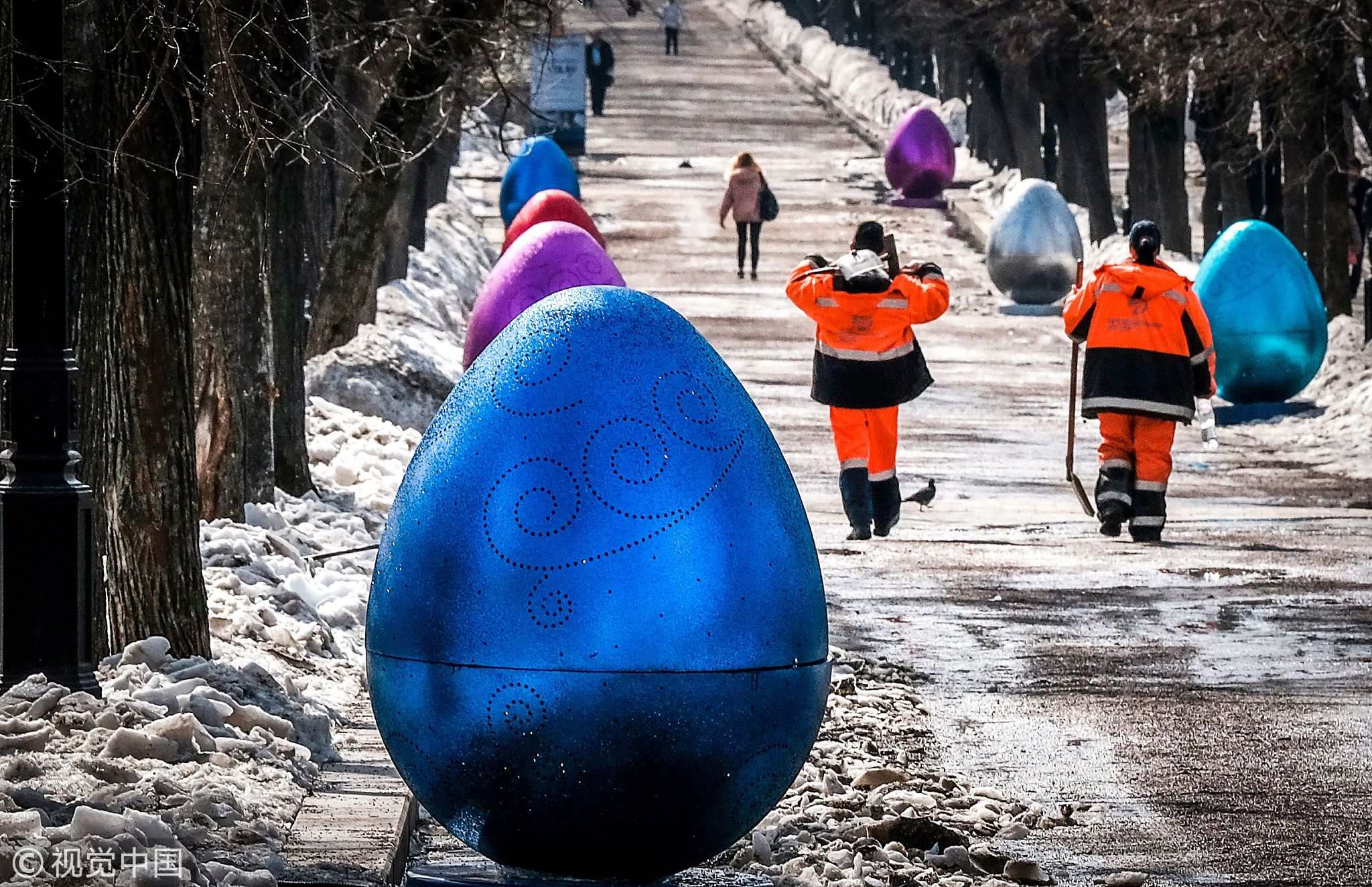
Municipal workers walk past giant egg decorations set up in the center of Moscow on April 4, 2018, days ahead of Russia's Orthodox Easter celebrations. /VCG Photo.
Municipal workers walk past giant egg decorations set up in the center of Moscow on April 4, 2018, days ahead of Russia's Orthodox Easter celebrations. /VCG Photo.
Generally speaking, the two celebrations are ways to celebrate the special interaction between life and nature. With the onset of spring, we are reminded of life, death, and the infinite possibilities of life.
(Yang Na is a part-time researcher at the institute of the center for Studies of Sociology Theory and Method from Renmin University of China. The article reflects the author's opinion, and not necessarily the views of CGTN.)

